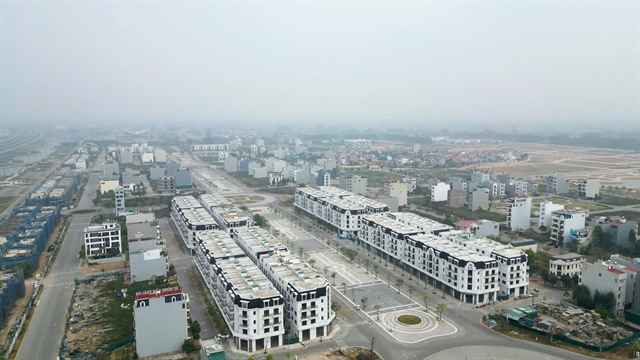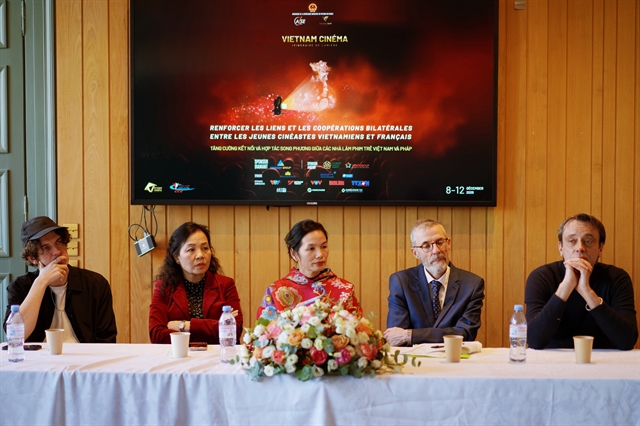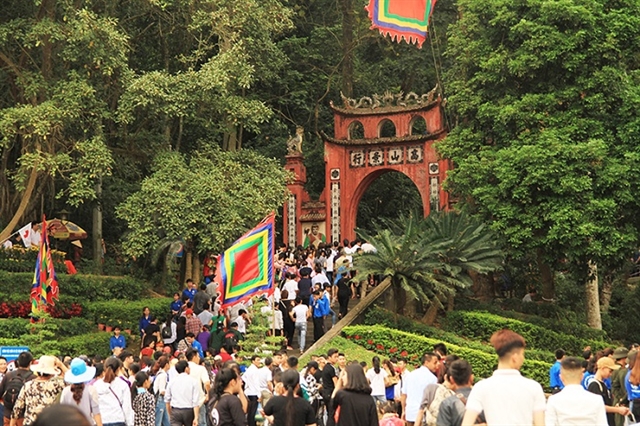 Society
Society
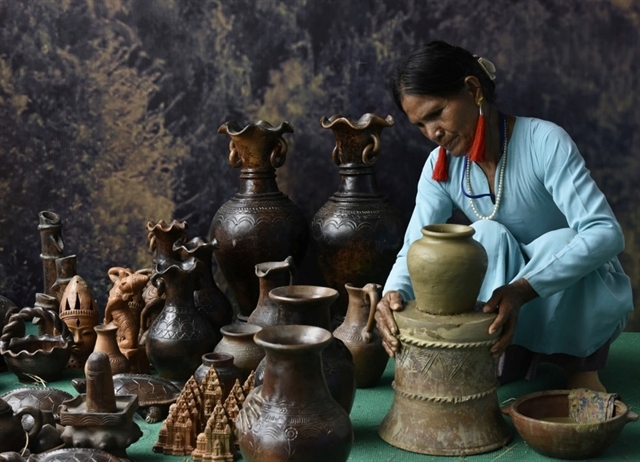
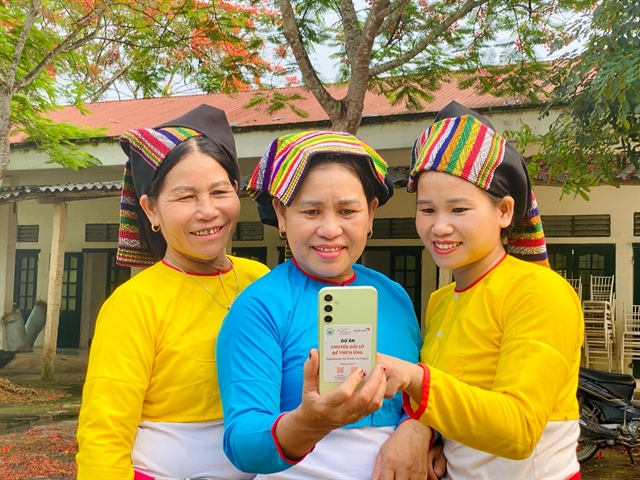
|
| Local residents read information via a mobile application on their smart phone. — Photo courtesy of the World Vision International in Việt Nam |
In recent years, Việt Nam has faced increasingly severe weather events, with Typhoon Yagi last year and Typhoon Bualoi this year serving as stark reminders of the devastating impact of climate-related disasters.
Yet, in areas where anticipatory action was implemented — such as early warning systems and community preparedness — losses were significantly reduced, and recovery was faster and more effective.
On the other hand, the vulnerable groups in the target locations have insufficient knowledge to adapt their production to the weather conditions.
As part of Digitalisation for Resilience Project funded by the Austrian Development Agency (ADA), World Vision International in Việt Nam in collaboration with the Water Resources Technical Consultancy and Development Joint Stock Company (WATEC), has supported the installation of three automatic rain gauge stations in the communes of Như Xuân, Hóa Quỳ, and Thanh Phong in Thanh Hóa Province. Notably, a pilot smart flood warning tower was installed in Hóa Quỳ Commune in Thanh Hóa Province – a low-lying area frequently affected by flooding during heavy rains.
The equipment installed meets the standards set by the Ministry of Agriculture and Environment. The data and information collected are provided in real-time via a mobile application (Vrain application), which not only helps local authorities and residents proactively respond to natural disasters but also supplies information to the National Centre for Hydro-Meteorological Forecasting (NCHMF), contributing to the overall warning system in Việt Nam.
“During the recent Kajiki storm in August this year, thanks to the application of digital transformation in building safe evacuation plans and disaster response, it has shown clear effectiveness,” said Cao Phan Việt, the project manager, World Vision International in Việt Nam.
Commune Committee for Natural Disaster Prevention and Control (CNDPC) officers, village and household shock teams have known how to use digital maps built during the previous training to identify risk areas and choose safe evacuation routes.
“Thanks to the information about residents, the screening and support of people to evacuate were quick and not missed. The application of digital transformation has helped the response work to be more proactive, and members from the commune to the village level coordinated more smoothly,” he said.
The results showed that there were no human casualties, and the damage to crops was less than in other communes in the area.
Also, during Typhoon Bualoi last month, which swept across Thanh Hóa, the warning system automatically activated and broadcast alerts via loudspeakers whenever floodwater levels reached dangerous thresholds.
“These alerts helped inform local residents about travel and production risks, enabling them to avoid potential hazards,” he said.
Lê Trọng Mai, Head of the Hợp Thành Village, said, "In the past, heavy rains would frequently cause flooding, making it dangerous and frightening for residents to pass through. Since the installation of a comprehensive warning system, including loudspeakers, signal lights, and real-time alerts triggered when water levels reach hazardous thresholds, residents now feel significantly more secure and empowered to respond proactively to potential disasters.”
Lê Tiến Đạt, Deputy Head of the Agriculture and Environment Office (formerly Như Xuân District, now Như Xuân Commune), said, “Rainfall data at all times across the area is integrated into the mobile app, allowing officials and residents to access timely and accurate information for disaster response. When rainfall exceeds 100mm, the system sends a direct message to my phone, enabling me to grasp the situation and implement appropriate response measures.”
Chiều, a resident, said, “Previously, I used notebooks to record information, which was easy to lose and inconvenient when I needed to look something up. Now, with smart applications, I can save every step, every bee batch, even with illustrative photos. At the end of the season, I can review everything to learn from the experience.”
Lê Văn Dương, Humanitarian, Emergency Affairs & Climate Resilience manager, World Vision International in Việt Nam highlighted, “Digital transformation is not just about technology. It’s about empowering communities to become more resilient in the face of climate shocks and emergencies. It’s a game-changer for vulnerable households striving for safety and sustainable livelihoods.” — VNS



